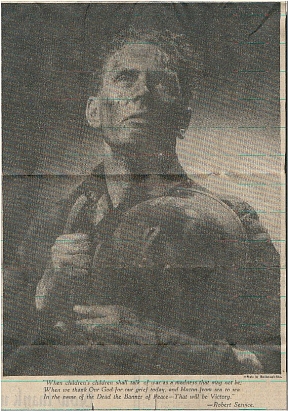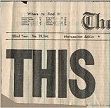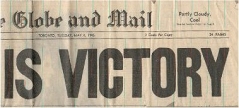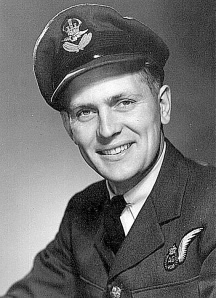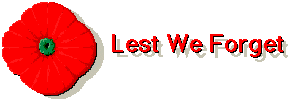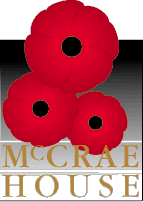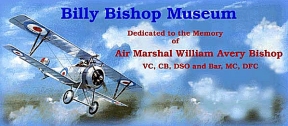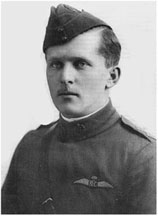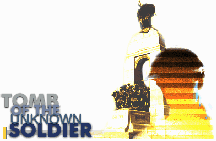TORONTO -- For The Globe and Mail, it
was the face of victory, a young man in uniform gazing upward in what was
obviously a studio photograph. The newspaper didn't bother to identify
him; he was simply the symbol of a war that was over.
The Globe ran the photograph on its front page
on May 8, 1945. The black headline above the picture read, THIS IS VICTORY.
The story alongside reported that "Germany surrendered unconditionally
to the Allies today . . ."
The man in that photograph died last Saturday in a nursing
home in North Vancouver. His name was Wolfgang Frederick Nottelman and
he was 82. His son Thomas said his father had been ill for about six years,
suffering the after-effects of a series of strokes. He also had Alzheimer's
disease.
He was proud of the front page picture. "He had it hanging
on the wall," the son said.
Although the photograph suggests that the soldier was
in the army, Mr. Nottelman was, in fact, in the Royal Canadian Air Force.
And although he did pilot planes during the war, he never went overseas,
working instead as a test pilot at the air force base in Churchill, Man.
While he was there he tested a prototype of an antigravity
suit, a precursor of the suits worn by astronauts. He was discharged at
war's end with the rank of pilot officer.
The history behind the taking of the photograph is fuzzy.
The back of it bears the stamp of a now defunct Toronto photography studio,
suggesting that it was commissioned by The Globe. Mr. Nottelman's
name does not appear anywhere.
The picture went on to have some history of its own. It
was used as an illustration in Ross Munro's Gauntlet to Overlord,
the story of the Canadian Army during the Second World War. Mr. Munro was
a war correspondent for The Canadian Press who went on to have a distinguished
career in Canadian journalism.
Mr. Nottelman was an electrical engineer, but airplanes
were his passion. After working as an engineer with various companies across
Canada he devoted the later years of his life to building slightly scaled-down
copies of the planes that were used during the Second World War. He completed
two before his first stroke, his son said.
The man who bought one of them did not take off according
to procedure on the maiden flight and was killed.
Mr. Nottelman held the patents for several materials used
to protect against electric shock and lectured at several universities
across Canada, including the University of Toronto.
From 1955 to 1960, he was part owner of a horse-racing
track in Regina. He did it, his son said, "just for fun."
He was also a former chairman of the Canadian Standards
Association.
Wolfgang Nottelman was born in Germany on July 14, 1918,
and came to Canada as a boy. "He immediately fell in love with Canada and
called it home," the son wrote in an e-mail to The Globe.
The family first settled in Winnipeg. His father died
when he was about 12, leaving him to take care of his mother and younger
brother, Hans. He managed to graduate from the University of
Manitoba with his degree in electrical engineering. He studied further
in the United States until the war intervened and he joined the RCAF.
After the war, his engineering career took him across
Canada. He worked for Ontario Hydro for a while before moving to
Edmonton where he worked for Pyle-National of Canada Ltd. He ran
his own businesses after moving to Vancouver.
His first wife died of cancer after 15 years of marriage.
Mr. Nottelman leaves his second wife Christel and his son Thomas.
Also left are his two nieces, Sharon and Jeannie, daughters
of brother Hans.
![]()
